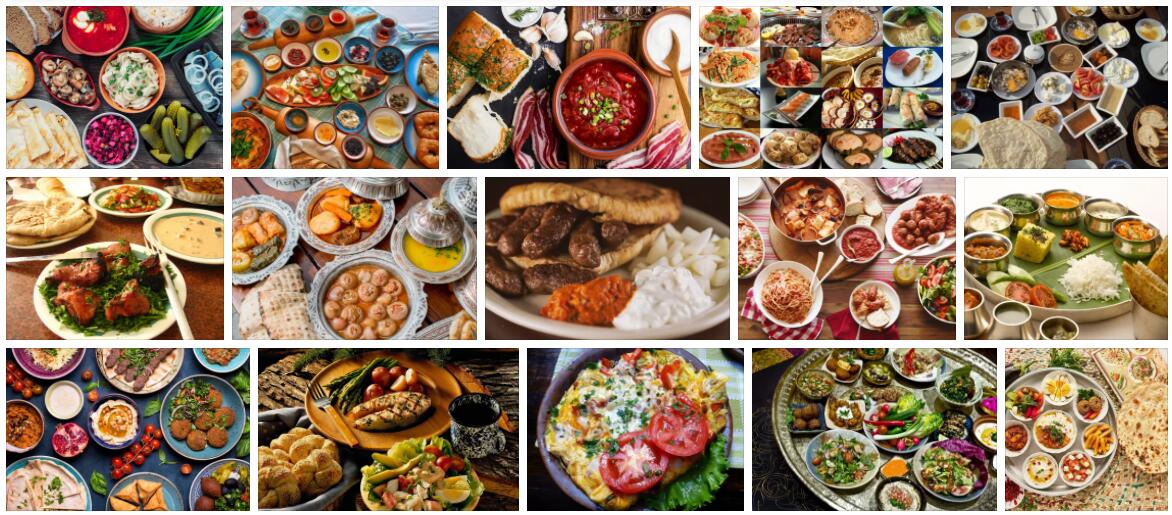Shopping and Eating in Mostar, Bosnia and Herzegovina
Mostar is one of the largest cities in the country of Bosnia and Herzegovina.
Shopping in Mostar
Mostar defined by AbbreviationFinder is tempted by narrow streets with small shops, and it’s like being set back in time. Crafts made from ancient traditions in the form of rugs, jewelery and paintings are exciting memories to take home. It’s easy to see why people have come across the Neretva River for hundreds of years to shop.
On the west side of the river are several restaurants along the riverbank with great views of the old bridge. The area is called Kujundziluk, after the many brass smiths (kujundzije) who lived here, together with artists, tanners, tailors and other craftsmen. The stores in the stone houses are still dominated by these professions, and here you can do a bargain on the jewelry front.
On the eastern side of the bridge lies a network of several idyllic stone-paved streets that swirl between natural stone houses with restaurants, small shops and cafes, over rivers and under bridges.
If you prefer to shop at the mall you can also do this.
Biosphere shopping center in Mostar
The best shopping mall in Mostar is the Biosphere shopping center, and is a modern shopping center of high standard.
The center is to the left of the Neretva River, a few hundred meters from the old bridge.
In addition to shopping, the center offers SPA and wellness center, restaurants, and rooftop bar should you need a break from shopping.
Eating in Mostar
Mostar’s traditional cuisine is close to Turkish cuisine, but has also been influenced by Central Europe. Some of the typical dishes are börek (stuffed dough – often with cheese, feta, vegetables or meat), moussaka (gratin dish with either meat or vegetables) and dolma (stuffed wine leaves).
A selection of eateries in Mostar
Affordable restaurants in Mostar
Jami Burek – in the old town, offer a local bar at a reasonable price.
adr: M.Balorde
Palma, A. Santica – just outside the old town, close to the Neretva River offers bright goods, affordable cakes and ice cream. The place also has air-conditioning if you need some cooling air on a hot day.
Medium price of restaurants in Mostar
Dado, 7rg 1 Maja bb, Good traditional Bosnian food. Great prices on 3 courses including wine.
phone +387 36 552 043.
Hindin Han, Yusovina bb,
phone +387 36 581 054.
Expensive restaurants in Mostar
Veranda, the restaurant in the Biosphere Shopping Center
Demography and economic geography. – Southern European state. The total population of the sub-state entities that make up the country at the 2013 census was 3,791,622 residents (climbed to 3,824,746 in 2014, according to an estimate by UNDESA, United Nations Department of Economic and Social Affairs), of which 2,371,603 reside in the Federation of Bosnia and Herzegovina, 1,326,991 in the Serbian Republic and 93,028 in the Brčko district. The ethnic composition of the country is divided into three main groups: the Bosniak ethnicity, the majority, the Croatian and the Serbian. The official languages of the country correspond to the three main ethnic groups. The religious framework is also composite: the majority of the population is of Muslim faith, followed by the Orthodox and the Roman-Catholic ones. The capital, Sarajevo, in 2013 recorded a population of 291,422 residents, Which rose to 608,300 in the urban agglomeration; other notable urban centers are Banja Luka and Tuzla. Overall, however, the majority of the population resides in rural areas (51.7% in 2011).
Economic conditions. – The socio-economic situation of the country remains critical, still feeling the effects of the war of the nineties of the last century: unemployment in 2013 was equal to 27.5% (down to 25.5% in 2014); particularly critical is that of young people (62.8%), which is among the highest in the world. GDP per capita at purchasing power parity (PPA) is $ 9,808, about 18% of the population is below the poverty line and, in 2006, emigrant remittances contributed about 10% of GDP. The economy depends on the service sector for 65% and, despite the deindustrialisation that took place during the war, for 26% on the industrial sector; the mining sector is growing, especially for exports. The country has started negotiations for EU membership, with the signing of the Stabilization and Association Agreement in 2008; however, the discriminatory treatment of ethnic minorities and the absence of a true unitary identity remain slowing down the process. Another international goal is membership of NATO, for which the Membership action plan was drawn up in 2010.






